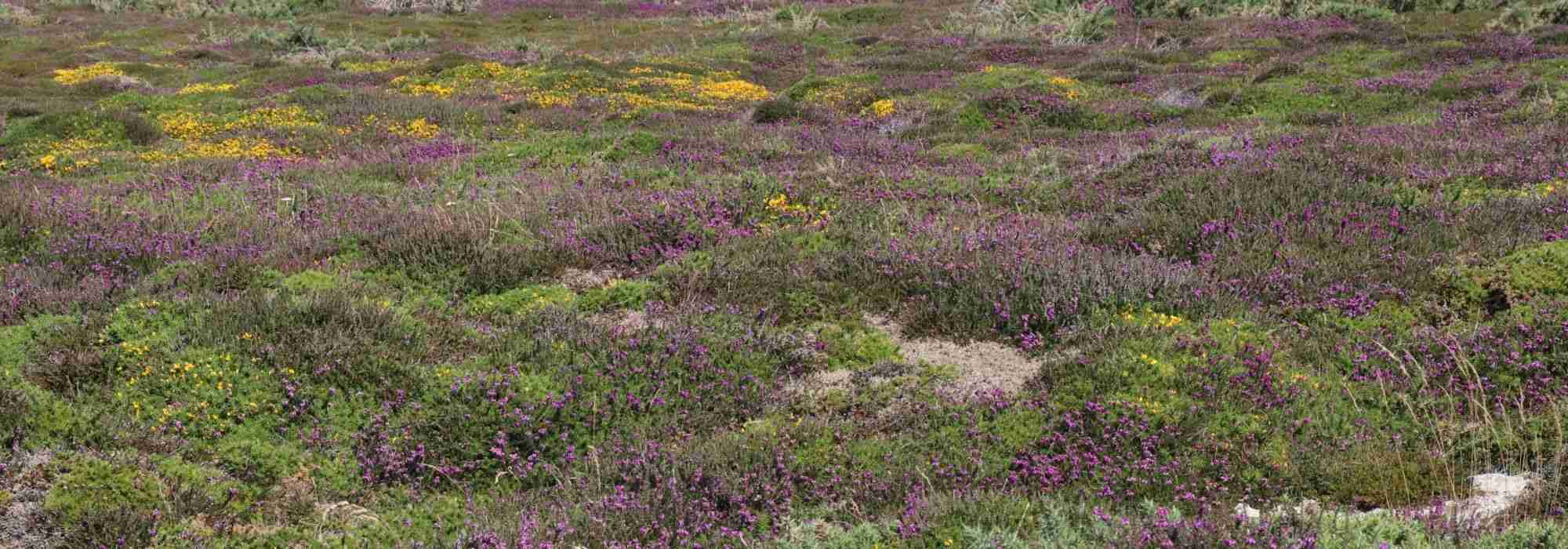
Heather soil: how to use it effectively in the garden?
Precautions to take with this substrate
Contents
Camelias, azaleas, rhododendrons, hydrangeas, Japanese maples… These plants are often classified in the category of “heather soil” bushes. Their magnificent flowering makes many a gardener dream, but they are acidophilous, meaning they thrive in acidic soils and are averse to lime, which can sometimes limit planting options in certain gardens.
Should one then replace good garden soil with heather soil to enjoy these plants? But what exactly is this famous “heather soil“? And above all, is it really good for the plants, even those said to be “heather soil” plants? We explain everything in our advice sheet!
What is heather soil?
Under the term “heather soil”, there are two quite different substrates:
- the true heather soil,
- the so-called heather soil.
The true heather soil
True natural heather soil is found in woodlands, on sandy soil, at the foot of conifers or in heathland areas. This soil is primarily created by the decomposition of heather, an organic material low in nutrients. Heather soil is very acidic (pH < 5), nitrogen and phosphorus are often poorly available, and there is often a presence of pollutants or heavy metals such as aluminium ions. As this soil is now only exploited on a very small scale in Sologne (France), it is rare and therefore expensive.
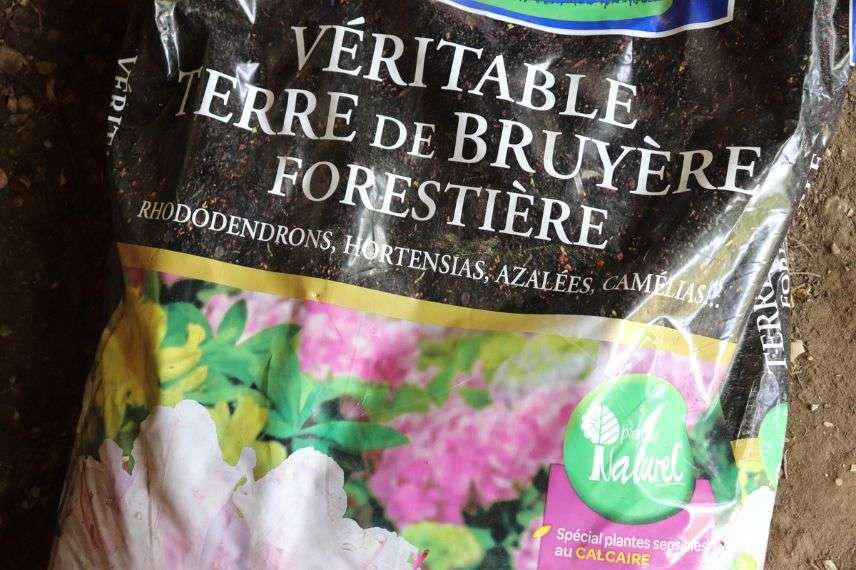
The so-called “heather soil”
This is an “imitation” of true heather soil. It is composed of siliceous soil, a bit of sand for permeability, bark and pine needles ground into powder, plant fibres, compost, and sometimes turf. In some cases, a fertiliser addition is also included in this “potting mix“.
Please note: peat bogs are very fragile natural acidic environments that host a unique flora and fauna. The exploitation of these bogs almost irreparably destroys them, as it takes thousands of years for them to regenerate. Therefore, let us avoid “so-called heather soils” from the market that contain blonde peat.
Read also
Plant young ericaceous plantsThe disadvantages of heather soil
Gardeners are generally well-meaning people. If they read “ericaceous plant”, they plant in genuine heather soil. Unfortunately, there is nothing more effective at killing a plant, even an “ericaceous” one! This is, in fact, one of the primary causes of failure when growing acidophilous plants.
Why? Because genuine heather soil should never be used pure!
In reality, this substrate has the flaws of its qualities:
- High acidity: hooray, great! It’s acidic, so it’s good for acidophilous plants. Certainly, but not to the extent of planting directly in this very acidic substrate. Excessive acidification of the soil will reduce the activity of the soil fauna and thus limit the availability of nutrients. The soil fauna includes earthworms, invertebrates, springtails, and even bacteria, which help create soil and mineralise organic elements to nourish plants.
- Rich in humus but… poor in nutrients: this soil comes from the decomposition of heathers. Moreover, the little that is present is difficult to assimilate (see above).
- It does not retain water: due to its composition, it is a very permeable soil. This is an advantage because heather soil plants prefer drained soils, especially in winter, but… once dry, this substrate is nearly impossible to re-hydrate, bringing death and desolation to your beloved little plants.
- It warms up quickly in spring: this can sometimes cause issues for certain acidophilous plants that flower early in the season. They can then be caught off guard by a late frost that aborts the flowering.
Planting in pure heather soil is one of the main causes of failures in the garden; if you are looking for the other nine, read our article: “10 ways to naturally kill a plant“
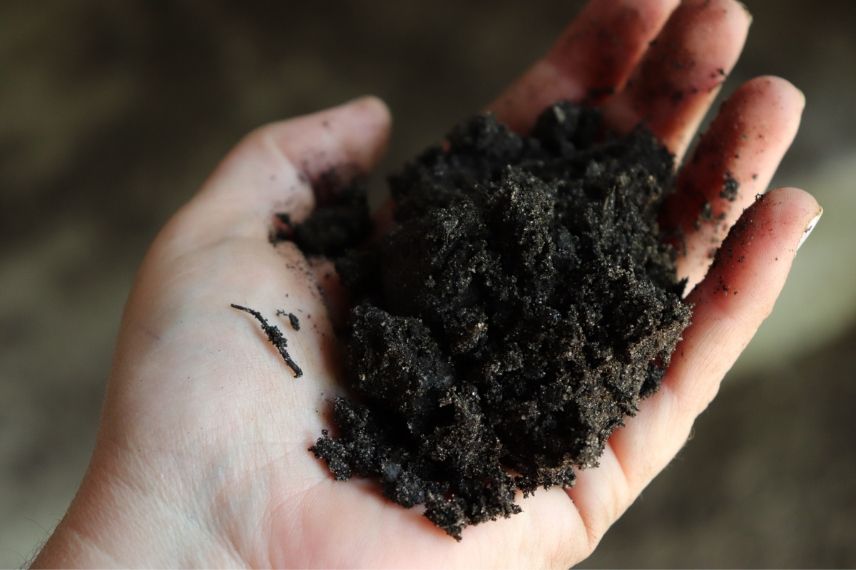
Discover other Ericaceous Shrubs
View all →Available in 1 sizes
Available in 1 sizes
Available in 0 sizes
Available in 1 sizes
Available in 1 sizes
Available in 2 sizes
Available in 2 sizes
Available in 1 sizes
Available in 1 sizes
Available in 1 sizes
How to make better use of heather soil, what can be used as a substitute?
At Planting
Heather soil and the substrate known as heather soil are used to increase the acidity of soil and improve drainage.
- True Heather Soil
True heather soil must never be used pure! It should only be used at a maximum of 30%: a minimum of 1/3 heather soil and 2/3 good soil is recommended.
However, to plant acidophilous plants, the best option is to create a mixture of:
1/4 heather soil + 1/4 leaf mould + 1/4 good soil + 1/4 draining “substrate” such as gravel, sand, or pumice.
- So-called Heather Soil
With “so-called heather soil”: you will need to mix it with the soil in your garden at a ratio of 50% “so-called heather soil” to 50% good soil. You can, if necessary, use “so-called heather soil” pure only in pot plantings. But don’t forget to water!
If you don’t have heather soil or “so-called heather soil”, replace it with:
- pine needles and bark: the soil under conifers is often very acidic as it comes from the accumulation of needles. You can therefore add a little pine needles on the surface. You can also add some pieces of decomposed bark.
- leaf mould: this is the result of the fermentation and decomposition of leaves. This mould is a more acidic substrate than conventional compost. The best leaves to use are oak and chestnut leaves. To make it, you can store leaves in a mesh silo that you aerate from time to time by mixing with a fork.
And of course, you can use dead leaves and pine needles as mulch. This will keep the base of your bushes cool and moist, while enriching the soil and maintaining a certain acidity.
To find out more...
Planting ericaceous plants is not so complicated if you follow Michael’s good advice. He also provides 5 tips to successfully grow heather soil bushes.
With all this, you will undoubtedly want to start planting acidophilous plants. The most beautiful plants in this category can be found in our online nursery: heather soil bushes.
- Subscribe!
- Contents
































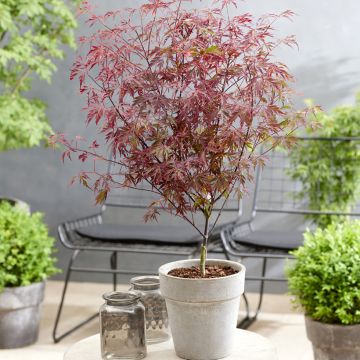
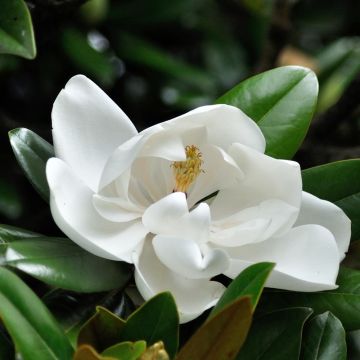
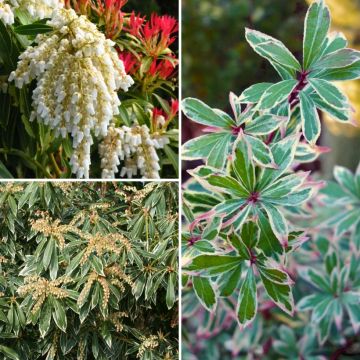
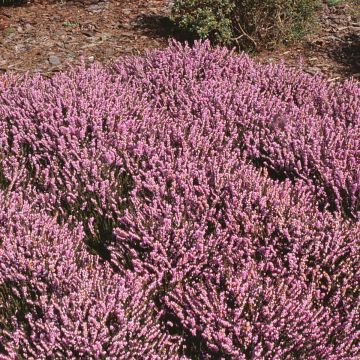
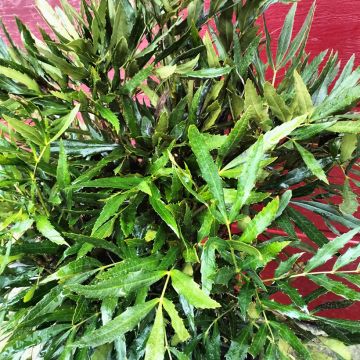

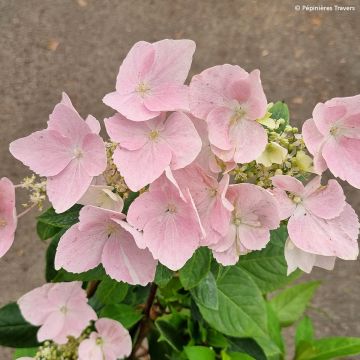

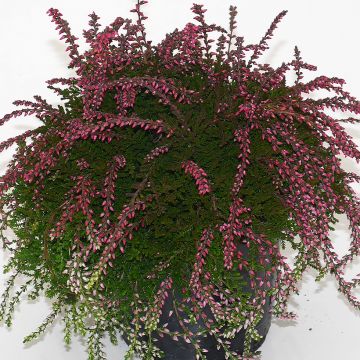
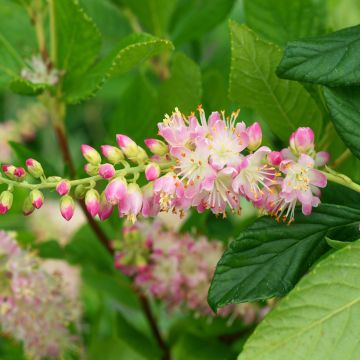
Comments